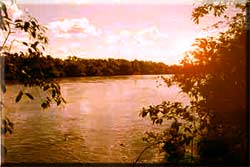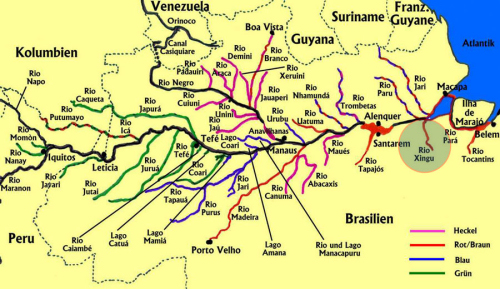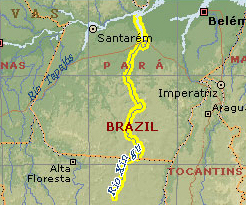Habitat
 Hypancistrus zebra is native to Brazil. The only reported habitat being on the riverbed of the Rio Xingu, - pronounced Rio Shin-gu). This makes it difficult to re-create the exact conditions and parameters that the fish would normally experience in the wild. Fortunately for us the L46 is relatively adaptable.
Hypancistrus zebra is native to Brazil. The only reported habitat being on the riverbed of the Rio Xingu, - pronounced Rio Shin-gu). This makes it difficult to re-create the exact conditions and parameters that the fish would normally experience in the wild. Fortunately for us the L46 is relatively adaptable.
Unfortunately for the Zebra Pleco, and many other species living in this area, their habitat is constantly under threat. These threats come in the form of pollution, which leads to further problems such as algae blooms, and more recently, the threat of habitat destruction via the Belo-Monte hydro-electric dam construction.
The Xingu river is a true tributary of the Amazon River, and one which has only recently (in geographical times, 1884) been explored in any great detail. It is made up of three rivers, the Tamitatoaba, the Romero, and the Colisu, which bounds along a series of rapids over 400 miles long. The floor of the Xingu is primarily made up of rounded rocks, crevices and a sandy substrate, allowing Hypancistrus zebra to travel throughout its territory under cover from predators.
The Amazon and some of its tributaries, called "whitewater" rivers, bear rich sediments and hydrobiological elements. The blackwater and clearwater rivers, such as the Negro, Tapajós, and Xingu have clear or dark water with few nutrients and little sediment. The Xingu is crystal clear and carries little in the way of sediment.
 Map showing main Amazon tributaries |
 Map showing Rio Xingu flowing north into the Amazon |

